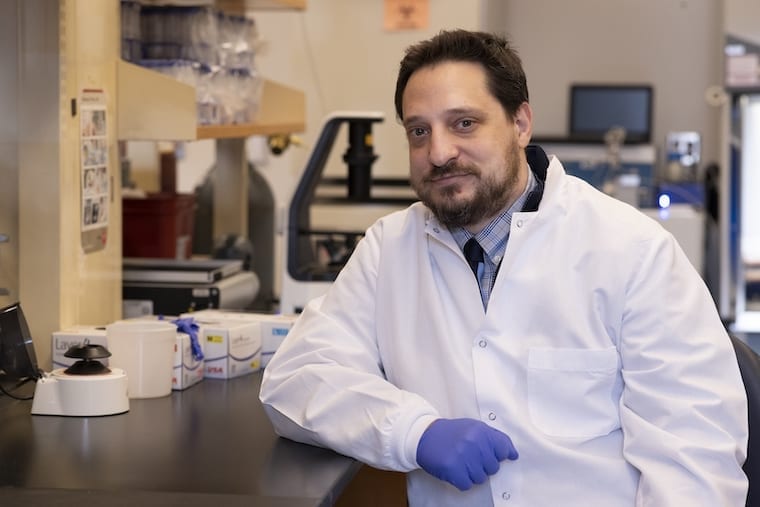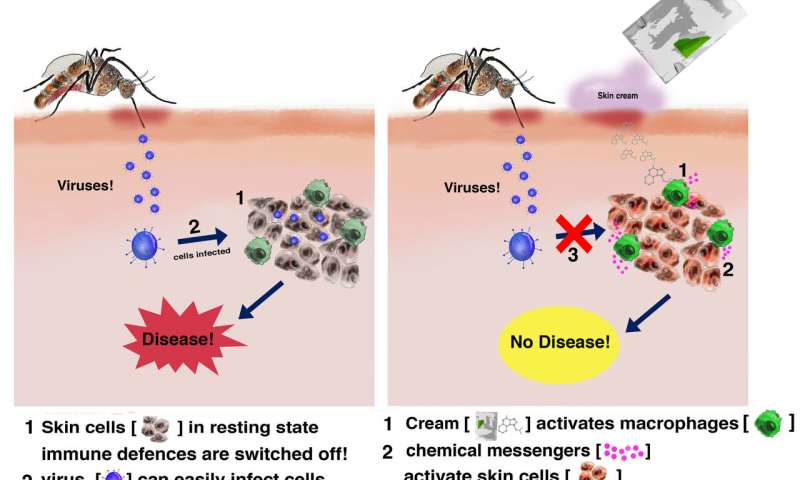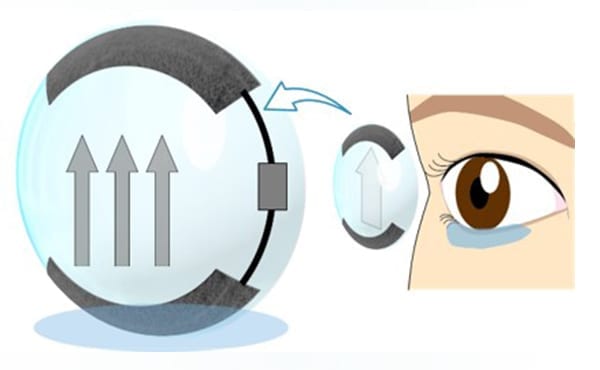The Latest Updates from Bing News & Google News
Go deeper with Bing News on:
Macular degeneration
- Senior ‘artist-in-residence’ shares her skills in Tualatin
TUALATIN, Ore. (KOIN) — Maxine Labs is a skilled decorative painter who has traveled the country learning new techniques. These days, though, she’s sharing her knowledge and love of art at her home in ...
- The Davis Eye Institute in Bedford offers world-class eyecare
BEDFORD- Meet Dr. Drew Davis, a distinguished ophthalmologist serving the community of Bedford, Indiana. With a passion for eye care and a commitment to ...
- Texas Company's Mission to Cure Macular Degeneration Blindness
THE WOODLANDS, TX / ACCESSWIRE / April 30, 2024 / Mesogen Inc. out of The Woodlands, Texas, has developed a transplantable Retinal Pigmented ...
- Nearsightedness Rates Are Soaring. Here’s Why
Myopia is becoming so common some people deem it “epidemic.” Here’s why getting kids outside and treating nearsightedness early is crucial for healthy eyesight ...
- Lighthouse Guild Receives Grant from American Macular Degeneration Foundation (AMDF)
This number is expected to double by 2050, particularly due to age-related vision diseases like macular degeneration. While numerous assistive technology devices are now available, many people with ...
Go deeper with Google Headlines on:
Macular degeneration
[google_news title=”” keyword=”macular degeneration” num_posts=”5″ blurb_length=”0″ show_thumb=”left”]
Go deeper with Bing News on:
Age-related macular degeneration
- Companies prepare to unveil research at ARVO 2024 conference
More companies have released information on presentations related to their pipelines and new data at the ARVO 2024 conference.
- Lighthouse Guild Receives Grant from American Macular Degeneration Foundation (AMDF)
This number is expected to double by 2050, particularly due to age-related vision diseases like macular degeneration. While numerous assistive technology devices are now available, many people with ...
- Home vision tests offer limited diagnostic accuracy for neovascular AMD
No home-monitoring vision test has the diagnostic accuracy of hospital eye service follow-up clinics to identify active neovascular age-related macular degeneration (nAMD), according to a study ...
- Here’s How To Avoid These 3 Types of Age-Related Vision Loss
Advanced age is a risk factor for blindness, but there’s a lot you can do to protect your vision before it’s too late.
- Global Age-Related Vision Dysfunction Industry
Global Age-Related Vision Dysfunction Industry size raise at a CAGR of 3.7% & surpass US$ 130 Billion by 2033 | FMI Report Reveals ...
Go deeper with Google Headlines on:
Age-related macular degeneration
[google_news title=”” keyword=”age-related macular degeneration” num_posts=”5″ blurb_length=”0″ show_thumb=”left”]










